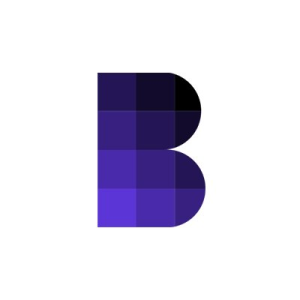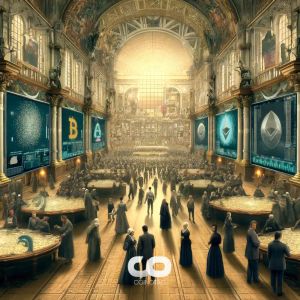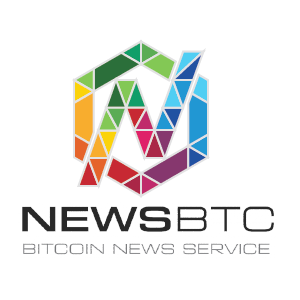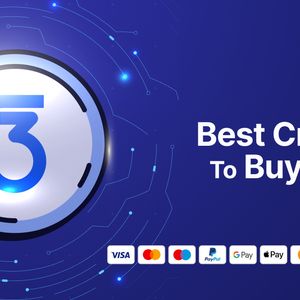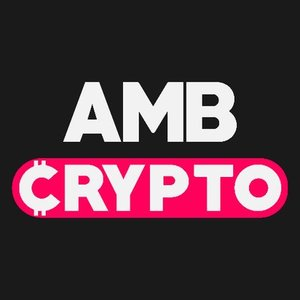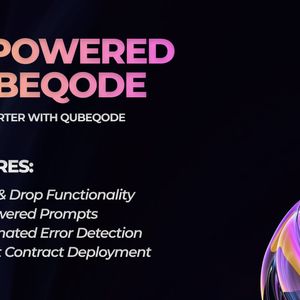This is a segment from the Lightspeed newsletter. To read full editions, subscribe . When President Trump launched the TRUMP memecoin on the eve of his inauguration, he did so on the Solana blockchain. Memecoins, which are jokey crypto tokens that trade based on vibes, are currently the most popular use for Solana. The network’s long-term vision — for capital markets to all be housed within a shared global system — is much broader than that. Solana’s chance of achieving this largely comes from its speed and the cheap transaction fees , which also happens to be why memecoin traders like it so much. Solana is a blockchain, and a blockchain is a decentralized digital asset ledger. Every bank operates an asset ledger, but the ledgers don’t work together very well. They’re often slow and expensive to move money around on because banks and other existing asset ledgers use inefficient infrastructure . Blockchains are made up of global computers running software that ensures the asset ledger is accurate, which can be expensive. It costs over a dollar on average to transact on the Bitcoin network, and it costs $0.05 on average to buy something on Ethereum. What’s more, Bitcoin and Ethereum — which are the largest and second-largest blockchains — only process a few handfuls of transactions per second. Credit cards handled an average of 1,700 transactions per second in 2023, according to data from Capital One. Solana’s chief architect, Anatoly Yakovenko , was a software engineer at the wireless technology firm Qualcomm. Yakovenko endeavored to make blockchains faster and cheaper by realizing some principles of wireless technology that could be applied to blockchain, which led him down the road to creating Solana. Yakovenko raised venture capital funding and began building the blockchain alongside a couple co-founders. Solana launched in 2020. The blockchain’s key innovation was creating “proof-of-history,” a term used to describe a kind of clock that every validator — the people running the computers with Solana’s software — used to process Solana transactions more quickly than they could otherwise. SOL, which is also referred to as Solana, is the crypto token issued by and used to secure the Solana network. People can also buy and sell SOL, kind of like they do a stock. When people transact on Solana, they pay a SOL-denominated fee. This is usually a fraction of a cent used partly to compensate validators for running Solana’s software. For comparison’s sake, credit cards usually charge 1.5-3.5% of a transaction to the merchant, a cost which gets passed along to consumers. Solana is also much faster than Bitcoin or Ethereum, handling over 1,000 transactions per second. It could theoretically handle even more given more demand for Solana’s asset ledger. Solana has had a few outages — events wherein validators stopped producing blocks due to a bug in the software. The last time Solana halted was on Feb. 6, 2024. These outages were partly caused by Solana’s lack of client diversity, which is a way of saying there’s basically one version of the Solana software. So if there’s a bug in the code, every validator is affected. There is a second Solana client being written from scratch called Firedancer, but it’s not quite ready yet. FTX, a crypto exchange that went bankrupt and brought the whole crypto market tumbling down, was an early Solana adopter . Solana’s reputation was badly hit following its collapse, with the price of SOL dipping under $10 in late 2022. Remarkably, the network survived and had a roaring comeback in 2024. SOL hit an all-time high of $293 after Donald Trump released a memecoin in January 2025. President Trump isn’t the only person using Solana for memecoins. For all intents and purposes, memecoin trading is currently the main use for Solana’s asset ledger. Trading these volatile tokens is pretty much just gambling, and some knock Solana for its memecoin entanglement. Others argue that less refined use cases can help the technology scale for more serious ones, citing how demand for online pornography forced broadband capacity to scale up and create the modern internet. The more serious use case Solana hopes for is what the blockchain’s supporters call internet capital markets. The idea is that Solana could let all kinds of assets — memecoins but also stocks, bonds, tokenized raw materials, whatever — be traded within the same system. This is partly attributed to all Solana data being available to all network participants, which is something Solana developers call global shared state. This Solana-centric financial system could be more inclusive and efficient than the current system, where every financial venue has its own database. That future is still a ways away, of course, but with its speed and low fees, Solana has as good a chance as any blockchain of pulling it off. Start your day with top crypto insights from David Canellis and Katherine Ross. Subscribe to the Empire newsletter . Explore the growing intersection between crypto, macroeconomics, policy and finance with Ben Strack, Casey Wagner and Felix Jauvin. Subscribe to the Forward Guidance newsletter . Get alpha directly in your inbox with the 0xResearch newsletter — market highlights, charts, degen trade ideas, governance updates, and more. The Lightspeed newsletter is all things Solana, in your inbox, every day. Subscribe to daily Solana news from Jack Kubinec and Jeff Albus.




